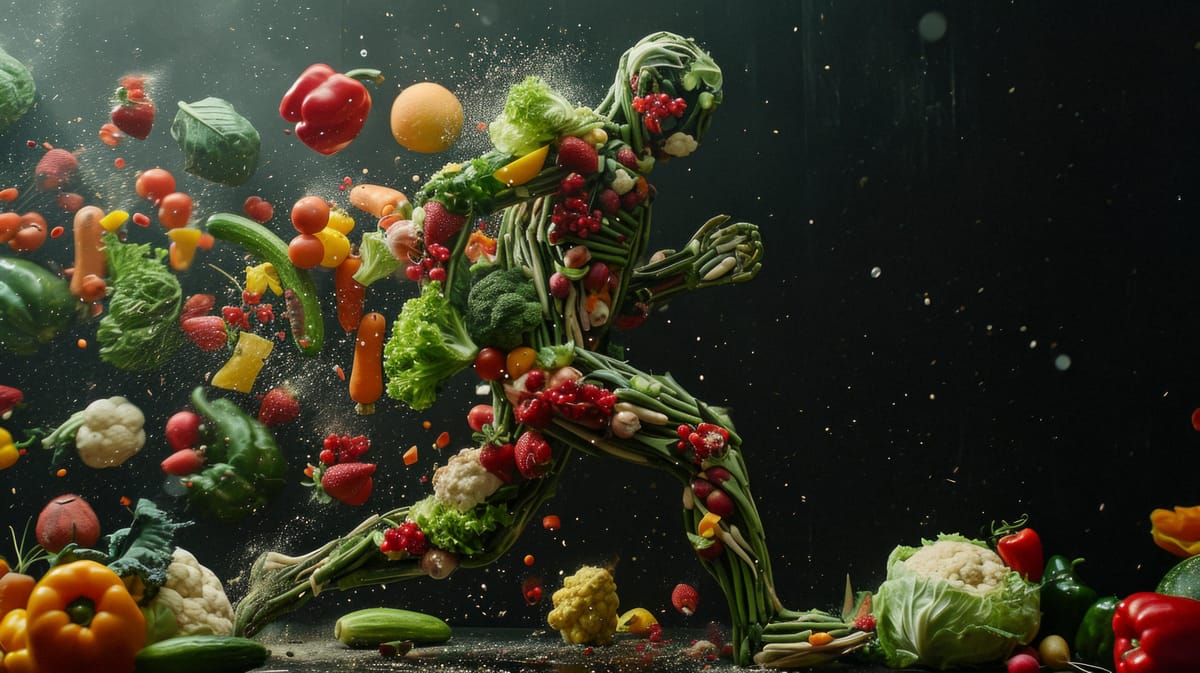How AI and Smart Tech Are Redefining Shopper Marketing in 2025

Shopper marketing is entering an era defined by intelligent automation, seamless in-store tech, and real-time visibility. As brands and retailers race to meet heightened consumer expectations, recent developments from Adobe and Wegmans are proving transformative. Here’s why these innovations matter and how they might shape your strategies in 2025 and beyond.
1. Adobe’s Autonomous AI Agents Drive Speed and Scale
At its recent summit in Australia, Adobe launched ten AI agents capable of autonomously conducting marketing tasks: analyzing audience data, generating content, optimizing campaigns, and even orchestrating workflows like travel or event booking. Adobe’s partnership with Marriott showcases how these agents can coordinate multi-step tasks. Coca‑Cola’s use case was creating multilingual targeted videos. This demonstrates how creativity scales when repetitive work is automated.
These AI agents offer two key advantages: first, they drastically reduce manual workload; second, they enable marketers to invest more energy in high-order thinking—strategy, insight, and creative vision. Adobe even funnels this technology through its “Agent Orchestrator” platform, fully integrated with Microsoft Copilot and Adobe’s Brand Concierge.
2. Smart Carts Are Turning Shopping Into Insight Engines
Wegmans is pioneering smart cart technology in select New York stores, leveraging Instacart and Caper Cart systems. Equipped with weight sensors, cameras, and barcode scanners, these carts allow real-time item recognition. Shoppers can bag items as they shop, monitor spending and loyalty savings, and pay on the cart, boosting speed and convenience.
This innovation serves multiple shopper‑marketing goals. It captures purchase intent in the moment, enhances loyalty engagement, and opens data-rich avenues to customize promotions and suggestions. Coupled with upgraded self-checkout that’s cashless and signal‑enhanced, Wegmans is optimizing both convenience and security.
3. Adobe LLM Optimizer: Visibility Where Purchases Happen
Brands are no longer competing solely on website rankings. They’re vying for presence within AI interactions. Adobe’s LLM Optimizer, integrated into Experience Cloud, enables brands to track and improve their visibility across AI‑driven touchpoints like chatbots, browser suggestions, and voice assistants. Unveiled at Cannes Lions, this solution addresses a new frontier: getting discovered where AI and search converge.
This positions shopper marketing not just at shelves or e-commerce funnels, but inside generative AI dialogue and recommendations, linking brand exposure directly to conversion.
What It Means for Brands and Retailers
- Automation frees strategic bandwidth: Adobe’s agents reduce executional bottlenecks, giving teams time to focus on messaging and customer-centric storytelling.
- Data at the cart builds precision: Smart carts capture intent and transaction data in real time—enabling personalized promotions and loyalty incentives tailored by in‑moment behavior.
- AI discovery is the new battleground: As consumers rely more on chat and AI interfaces, brands must optimize presence within these systems, not just in paid media or search.
The 2025 shopper-marketing playbook is being rewritten by AI agents, AI‑augmented shoppers, and AI‑optimized brand visibility. Success won't be about gimmicks. It will hinge on seamless, data-driven experiences that anticipate shopper needs across every point of interaction.
Marketers who embrace these tools strategically will find themselves not just in competition, but in conversation with their customers—where it counts most.